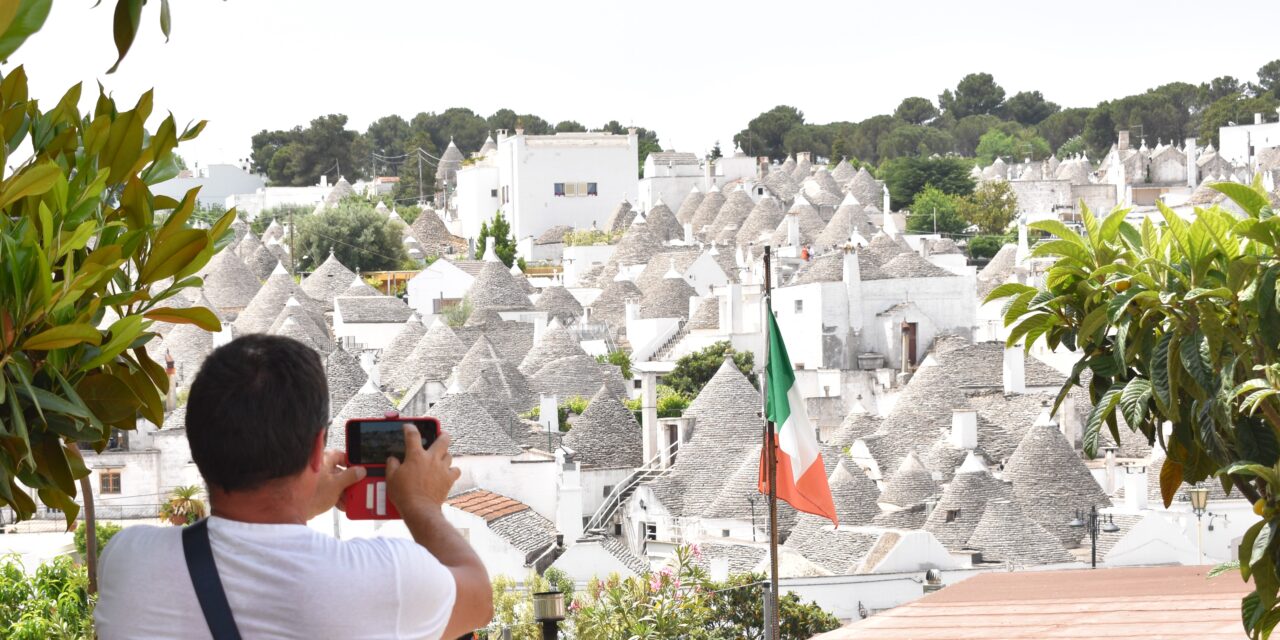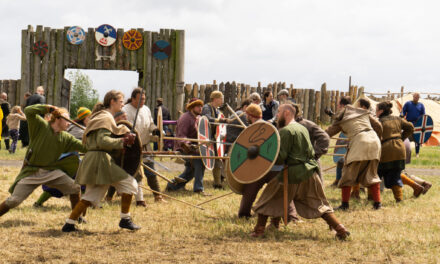Alberobello is a picture perfect town in the province of Bari, southern Italy. This town has earned its popularity, and even the label of UNESCO heritage, because of its ‘Trullo’, cute little white houses. However, even though the houses look pretty much the same, their purpose has had some major changes.
The houses around you seem to come straight out of a fairy-tale. Stones stacked on top of each other, a grey cone-shaped roof and tiny round doorways. Infront of these houses, a bunch of tourists are trying to get the perfect picture. That is the reality of Alberobello in the 21st century.
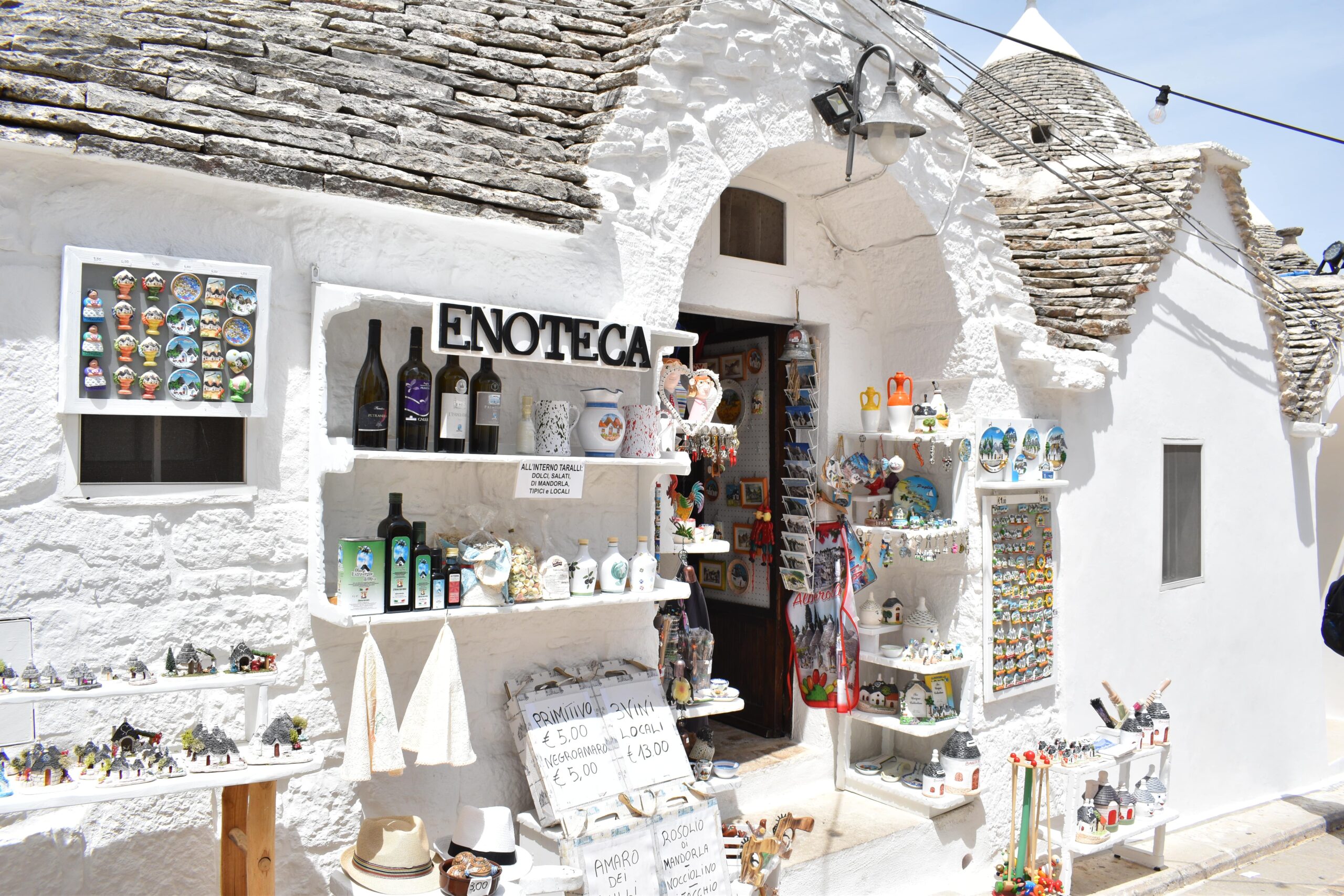
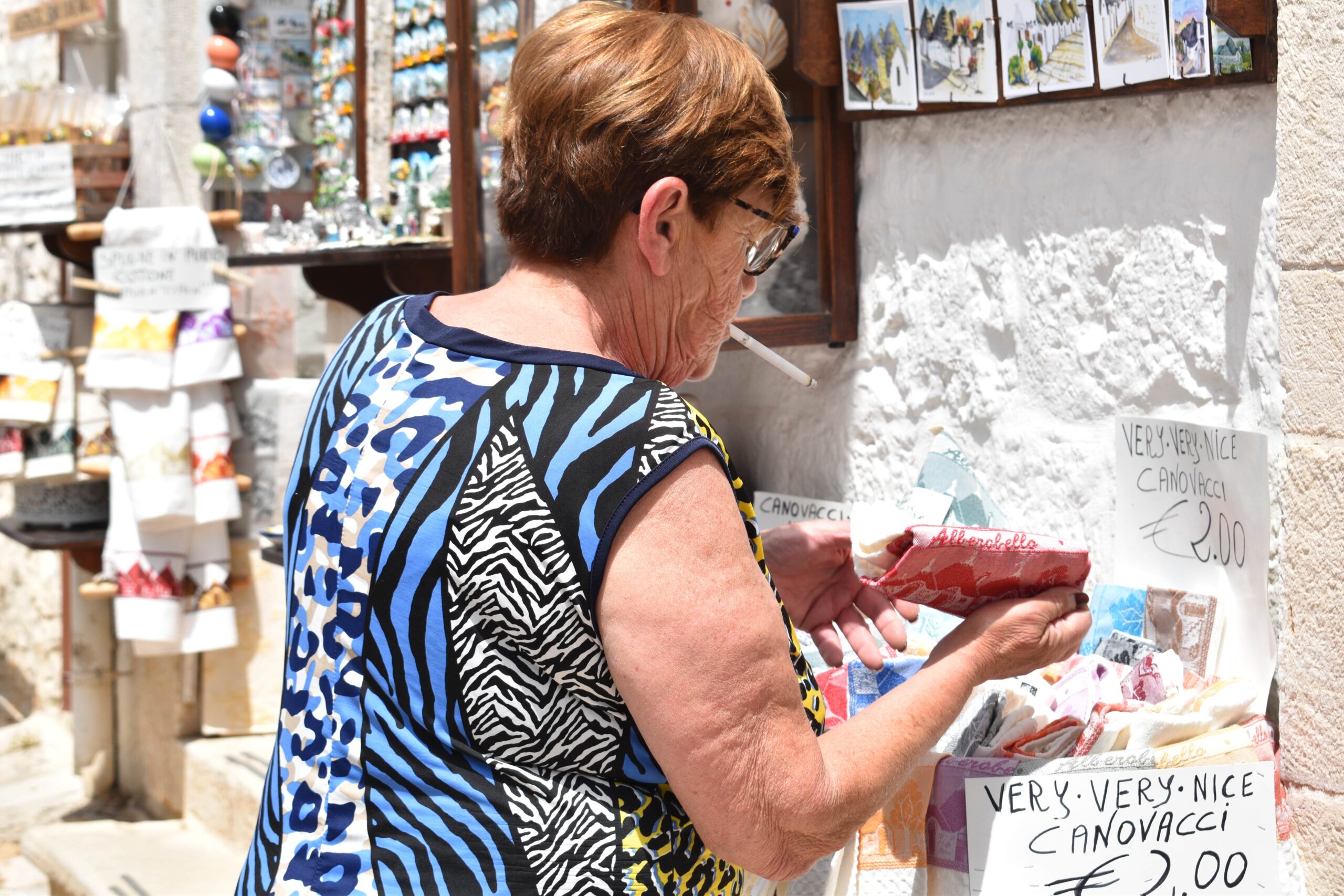
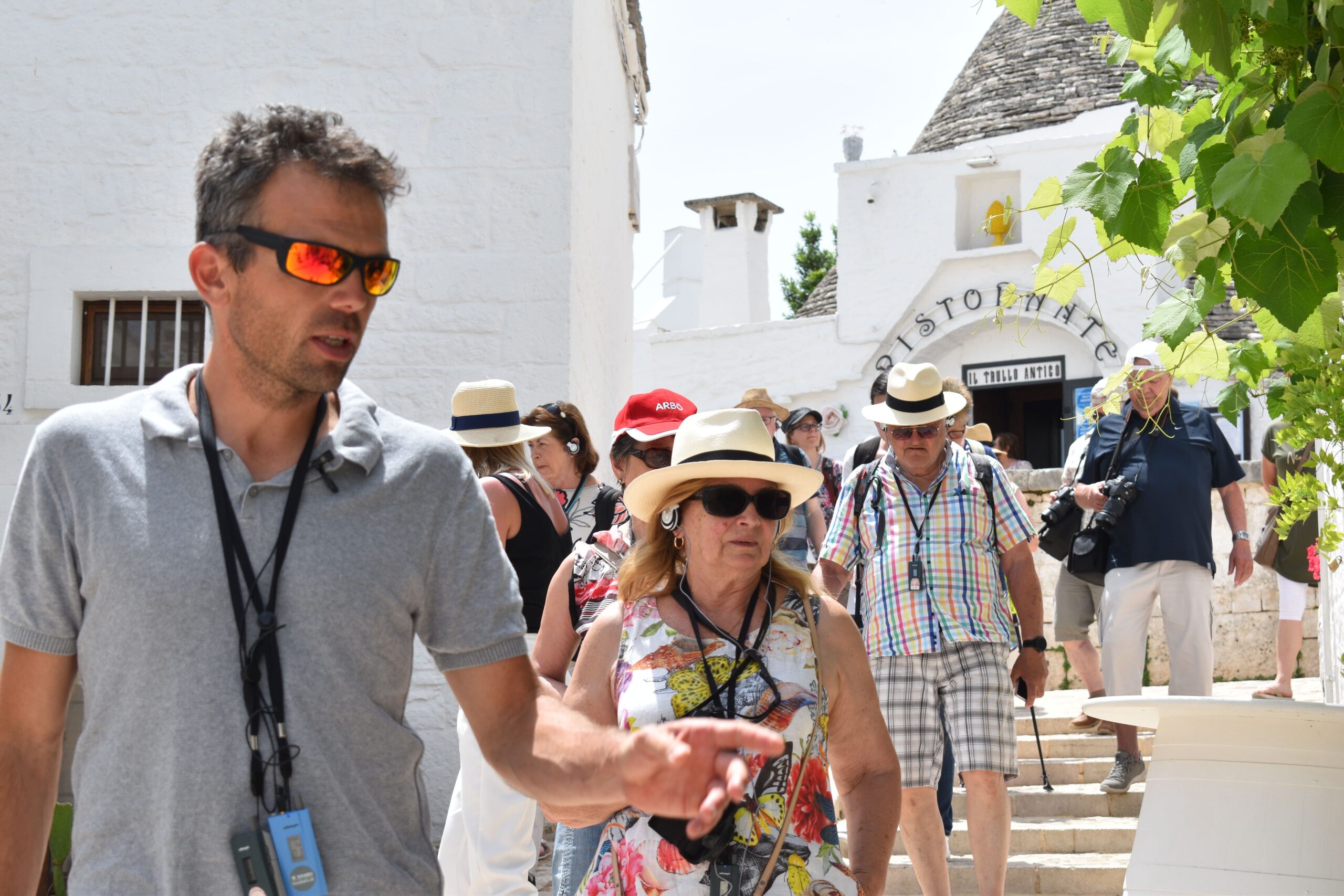

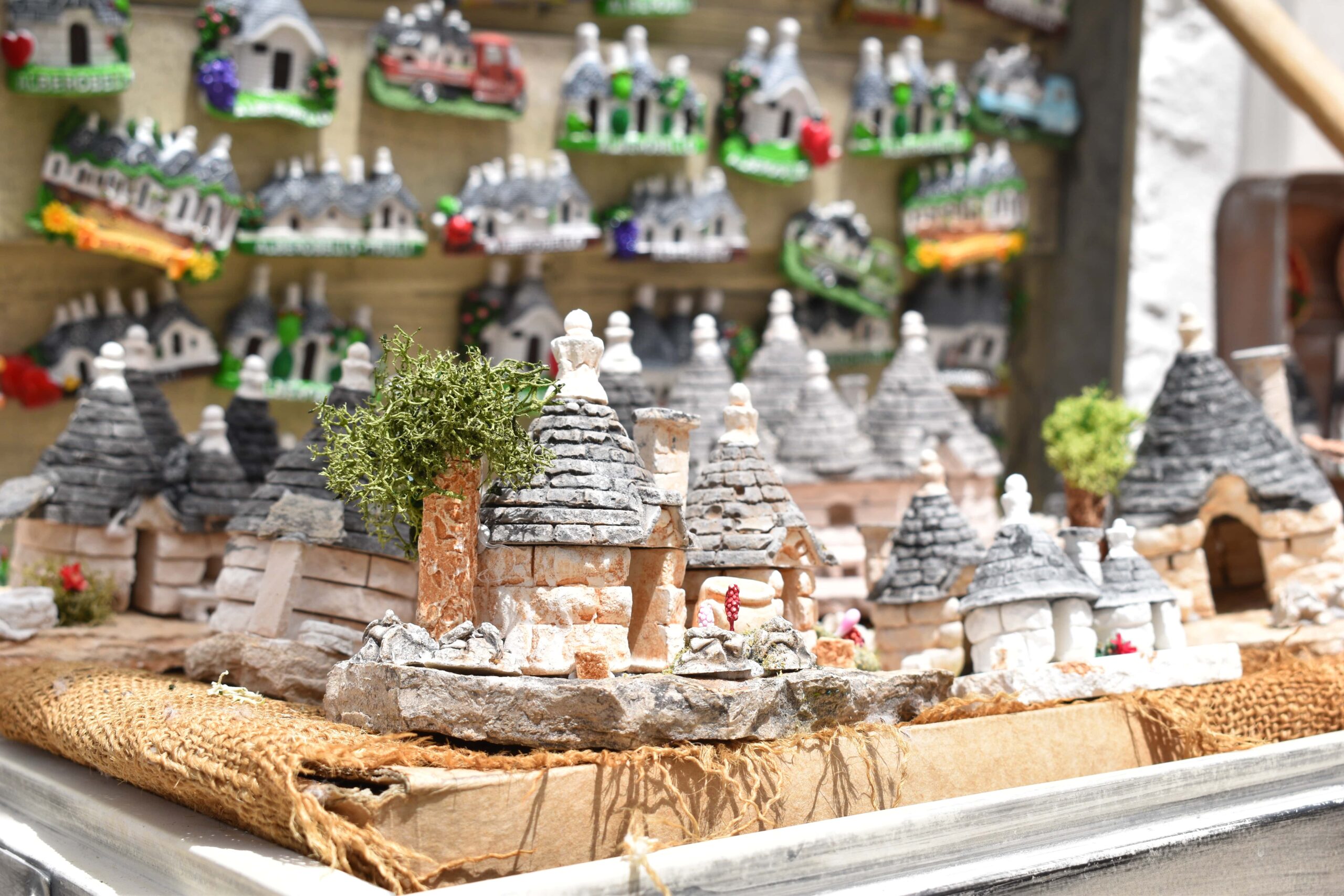

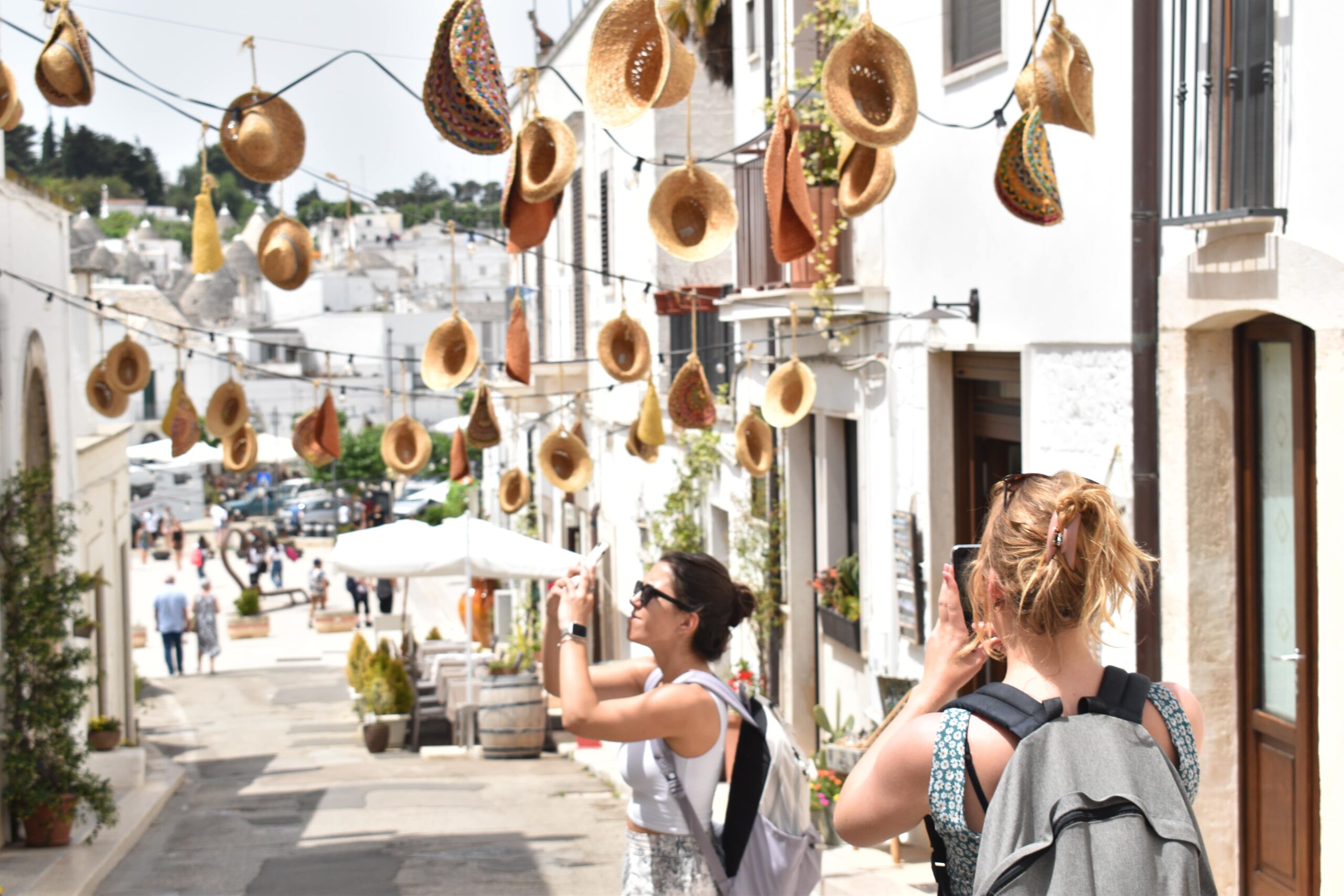
2022
Every year about 200.000 people discover the region of Puglia. This is all according to the plan made by the MEDUSA project. Within this plan the decision was made to focus on slow tourism and cultural tourism, which is has now grown to be the biggest sector. One of the most popular cultural destinations is the town of Alberobello. The busyness, however, is very dependent on the season. “Once the summer starts, tourists start booking tours,” Guido, tour guide for Alberobello Tours, explains. According to him, the town is very empty for the majority of the year but when the high season start, crowds of people start gathering in the town. “It is very nice for business. I really can’t complain,” Guido says. Because of the growing popularity, most trullo have become souvenirs shops, restaurants or Airbnb’s. Still, the history of the trullo isn’t forgotten. The shop owners love telling the history of the particular trulli they work in.
Let’s go back in time, to find out how we got here.
14th century
The trullo of Alberobello have existed since the fourteenth century and served as the homes of peasants workers that lived on the land of the local feudal lord of that time: Count Acquaviva. The houses were designed in a way that they could be easily dismantled. The reason for this was, believe it or not, tax evasion. When the tax collector of the king came by, there were no houses to be seen. This way Count Acquaviva didn’t have to pay for the town.
1797
For centuries the inhabitants had to take their houses apart every time the count asked for it. Eventually the villagers petitioned Ferdinand IV, King of Naples, who granted them freedom from feudal rule, gave Alberobello the official ‘town’ status and declared it a royal town. This way the trullo didn’t have to be dismantled and could be build to stay permanently.
1950's
Over the years, families living in the trullo were still poor, just like their descendants. In the smallest trulli in town was the home of seven people. About 22 years ago, it was turned into a souvenir shop, tells owner Sofia. “Five members of the family slept in the living room, which was also the kitchen,” she says as she gestures around the room. The round space is about six square meters big. Then she gestures to a square hole leading to the cellar: “The oldest sons had to sleep there.” When asked where the bathroom was, she laughs. There was no money or space for that.
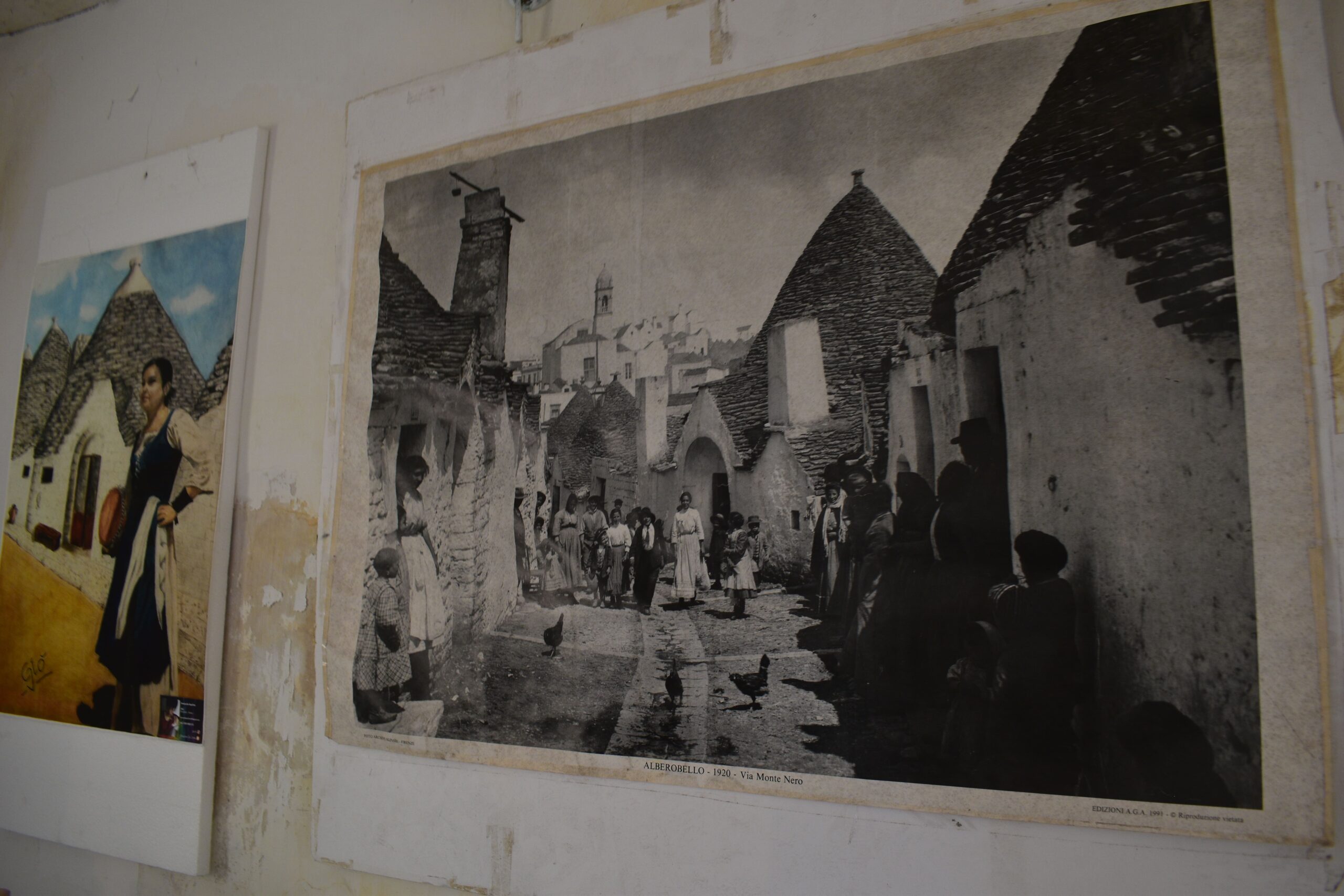
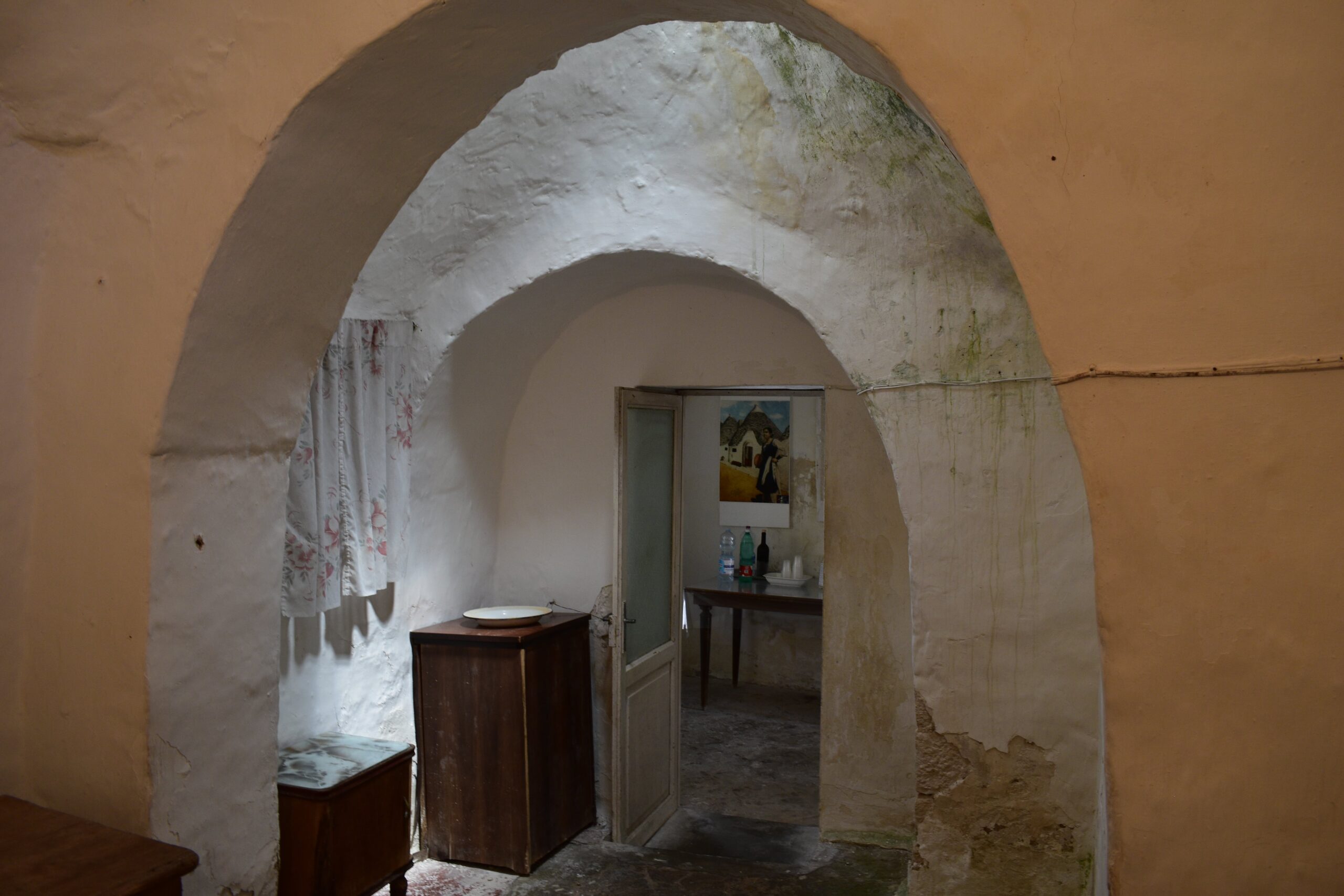
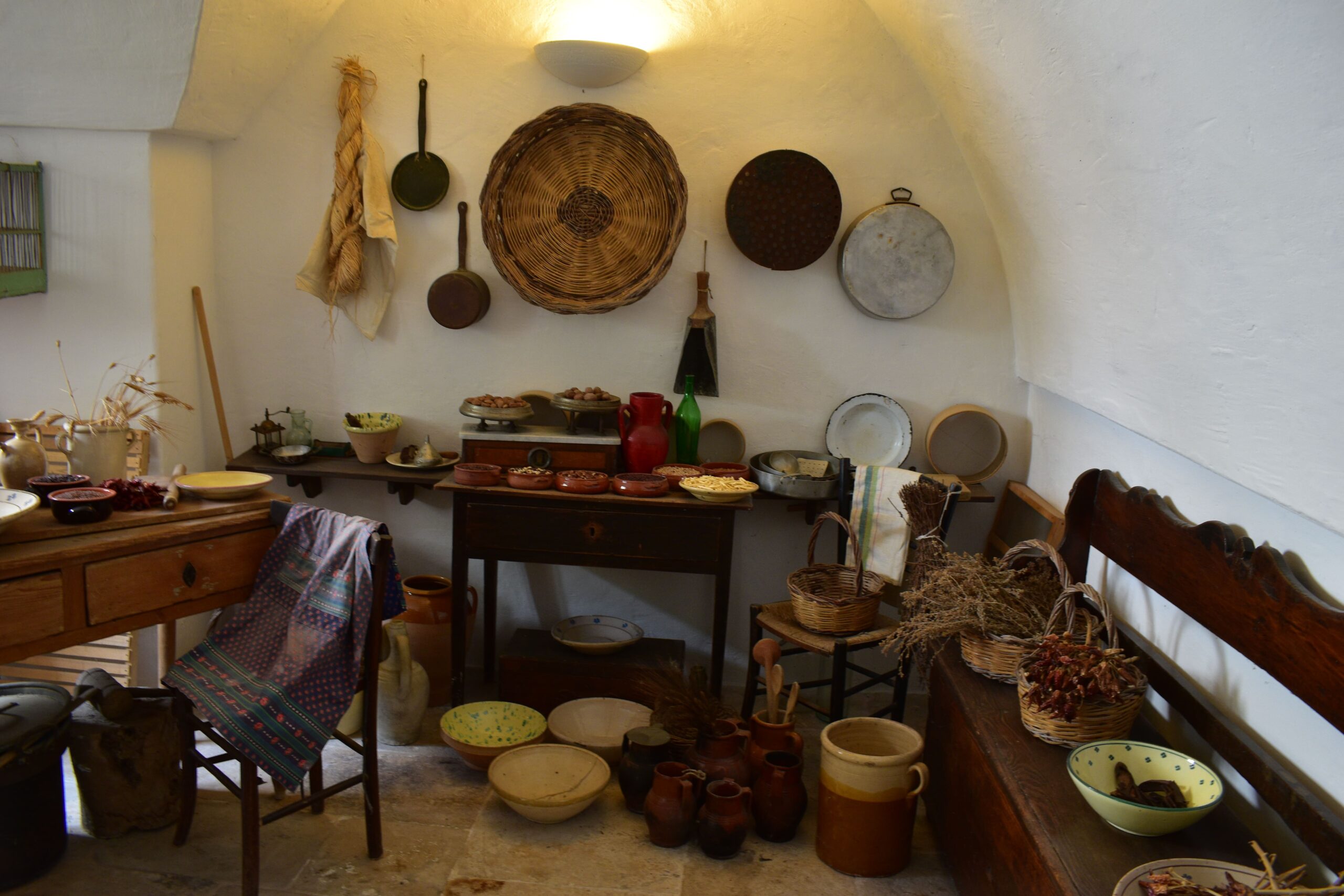
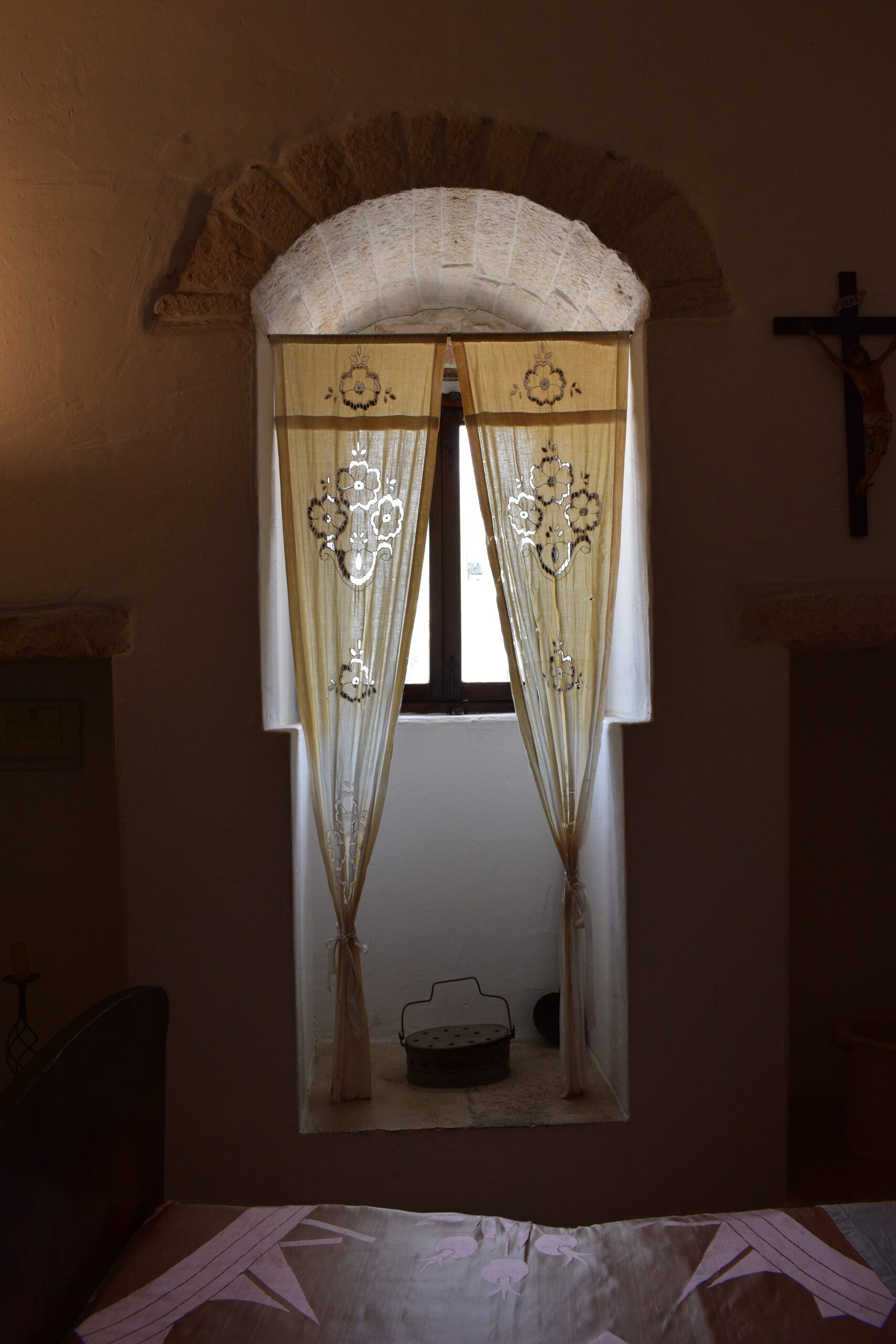
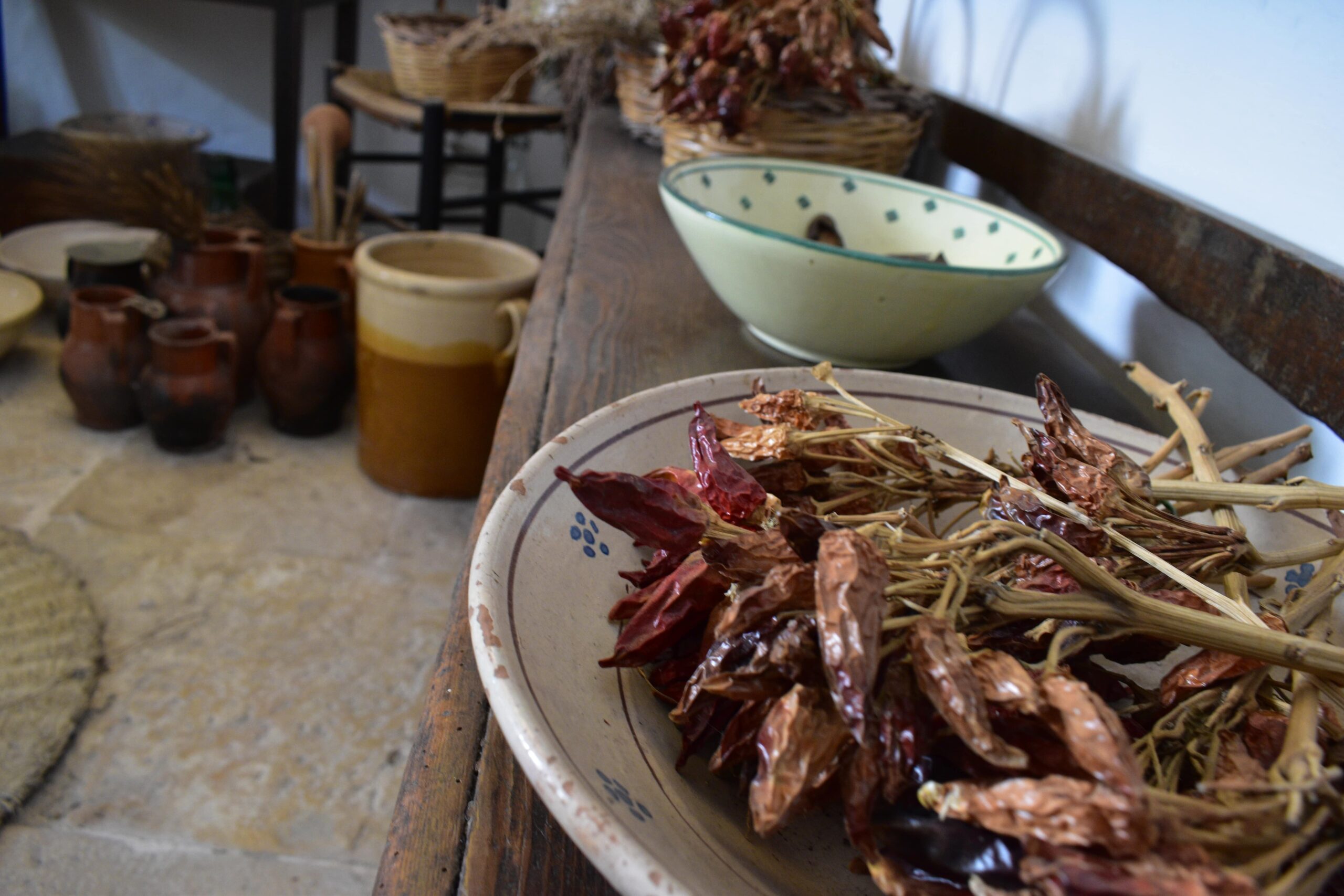
1996
In 1996 Alberobello was officially named UNESCO heritage. According to UNESCO, the town was granted this status because of the history behind the building style, because the trullo are an outstanding example of how vernacular architecture can survive within an urban landscape and it is an outstanding example of an early human settlement. This status boosted the popularity of the town and made it the popular destination that it is today.
Although Alberobello now mostly serves as a touristic hotspot, some people can still be found living a traditional life in their trulli between Instagram-worthy picture spots.
